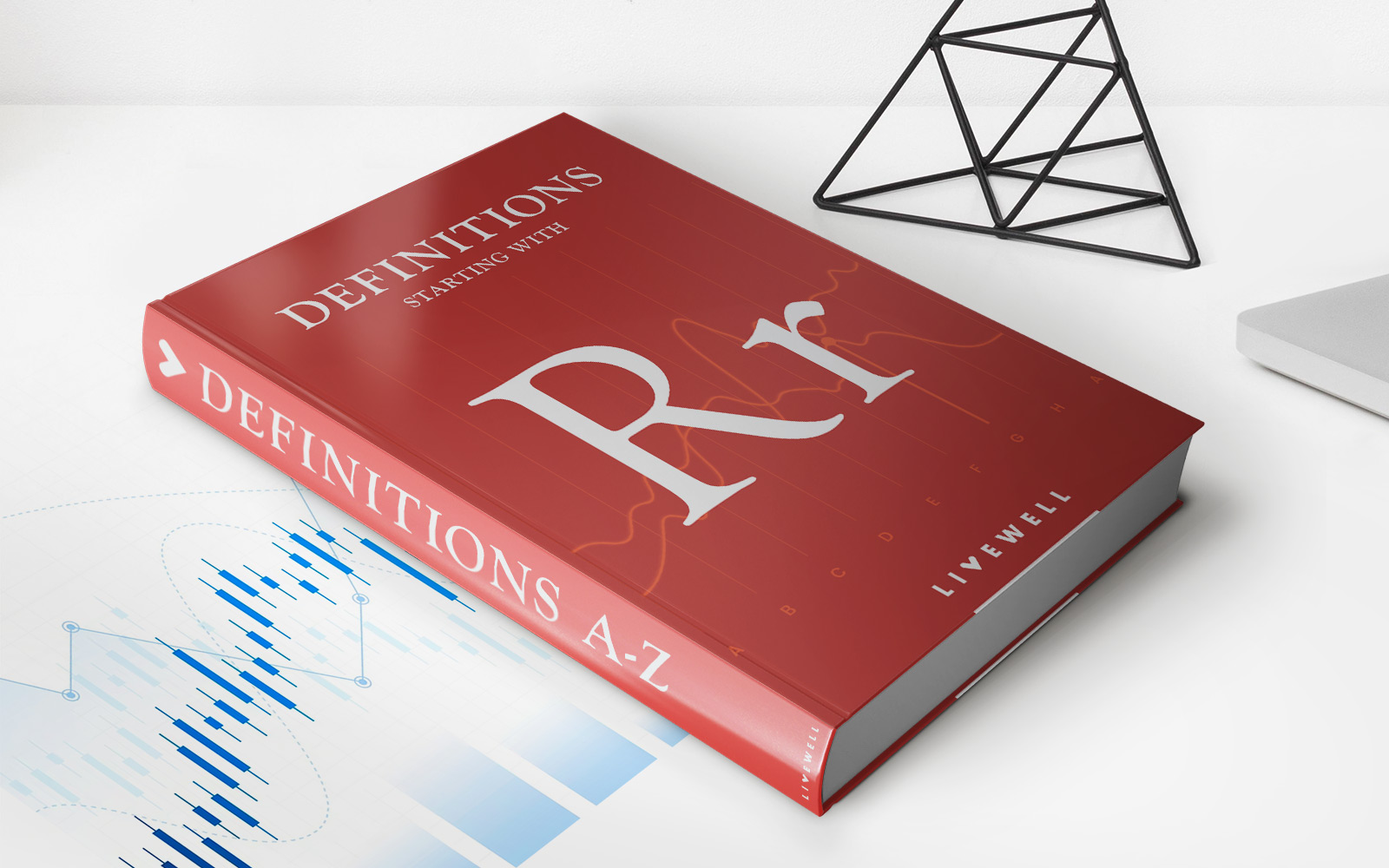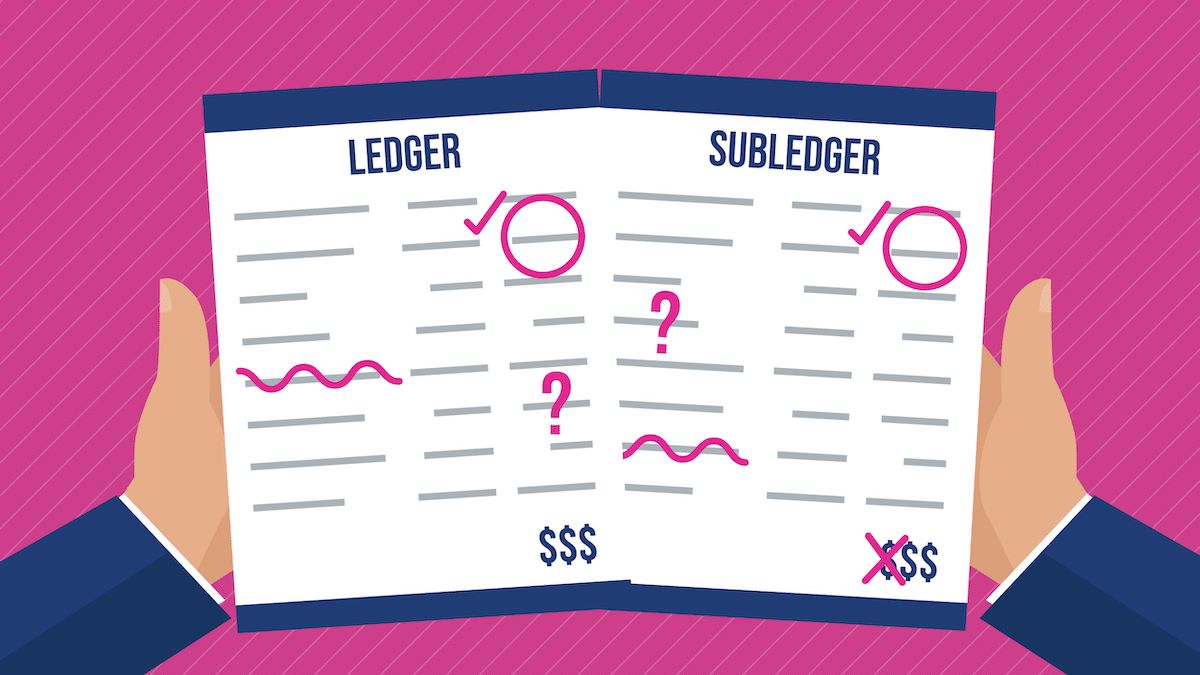

Finance
Capitalized Interest: Definition And Example
Published: October 23, 2023
Learn about the definition and example of capitalized interest in finance. Understand how this concept affects your financial calculations and decision-making.
(Many of the links in this article redirect to a specific reviewed product. Your purchase of these products through affiliate links helps to generate commission for LiveWell, at no extra cost. Learn more)
Understanding Capitalized Interest: Definition and Example
Have you ever wondered about capitalized interest and how it works? If you’re like many people, you may not be familiar with this term. But don’t worry! In this article, we’ll break down the definition of capitalized interest and provide you with an easy-to-understand example. So, let’s dive in!
Key Takeaways
- Capitalized interest refers to adding unpaid interest to the principal balance of a loan.
- It is commonly used when borrowers are unable to make interest payments during a specified period, such as the construction phase of a mortgage.
What is Capitalized Interest?
Capitalized interest refers to the process of adding unpaid interest to the principal balance of a loan. Instead of paying off the interest as it accrues, it is added to the loan balance. This happens when borrowers are unable to make interest payments during the specified period, such as during the construction phase of a mortgage. By capitalizing the interest, borrowers can delay making interest payments and reduce their short-term financial burden.
Example of Capitalized Interest
To better demonstrate how capitalized interest works, let’s use an example:
John is building his dream home and has taken out a construction loan. The loan term is for two years, during which time he will be making interest payments every month. However, due to unexpected delays, the construction takes longer than anticipated, and John is unable to make interest payments for the first six months.
Instead of defaulting on his loan, John’s lender decides to capitalize the interest. The outstanding interest from the first six months is added to the principal balance of the loan. As a result, John’s loan balance increases, and he will need to make interest payments on the higher loan amount moving forward.
After the construction is finally completed, John is now responsible for repaying the entire loan, including the capitalized interest. The lender will provide him with a new loan agreement detailing the repayment terms, which will include paying off both the principal and the capitalized interest within the revised loan term.
So, the next time someone mentions capitalized interest, you can impress them with your newfound knowledge. Remember, it’s important to fully understand the terms associated with your loans to make informed financial decisions. And if you ever find yourself in a situation where you’re unable to make interest payments, don’t hesitate to reach out to your lender. They may be able to offer solutions, such as capitalizing the interest, to help you manage your finances. Happy loaning!














